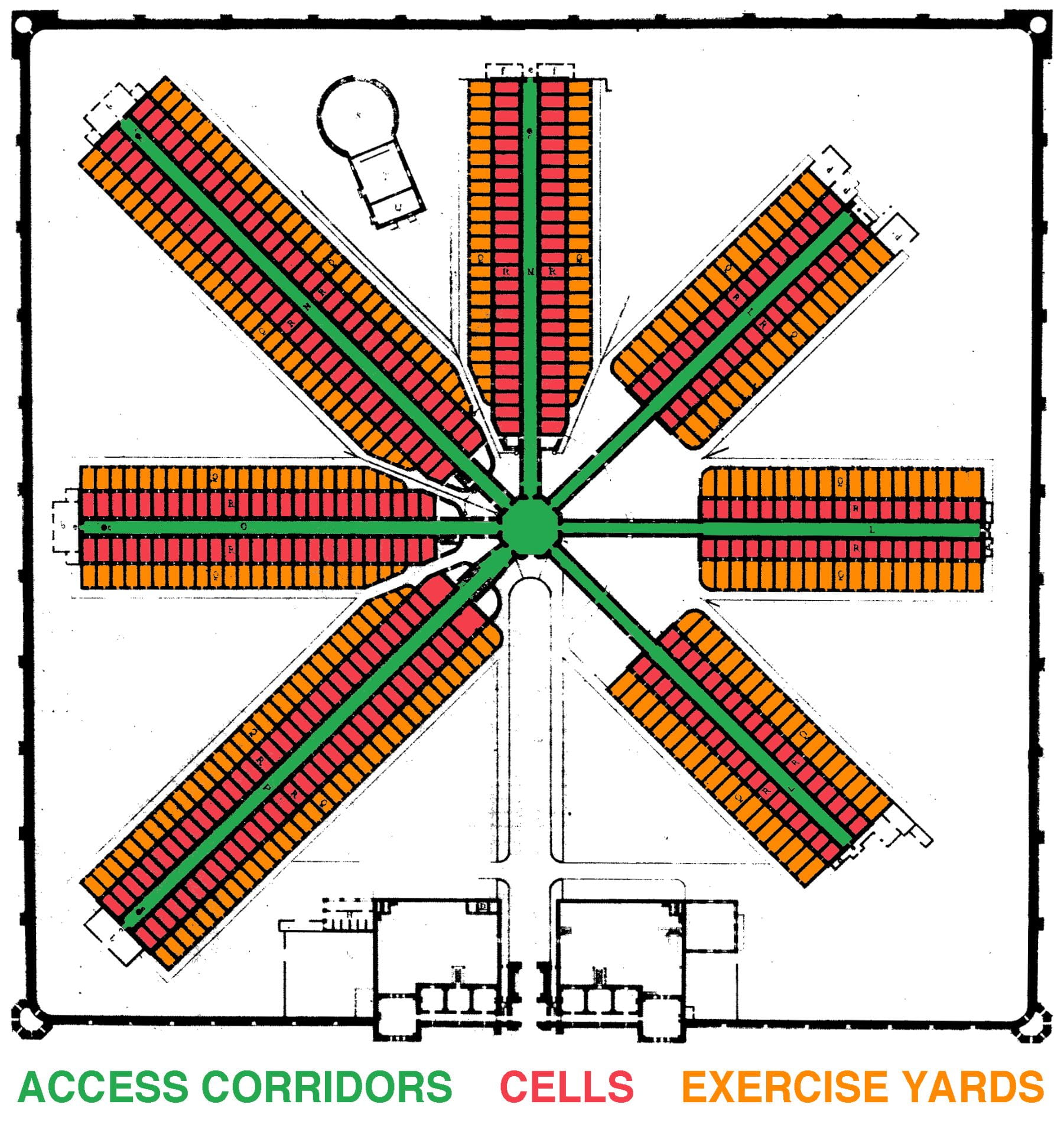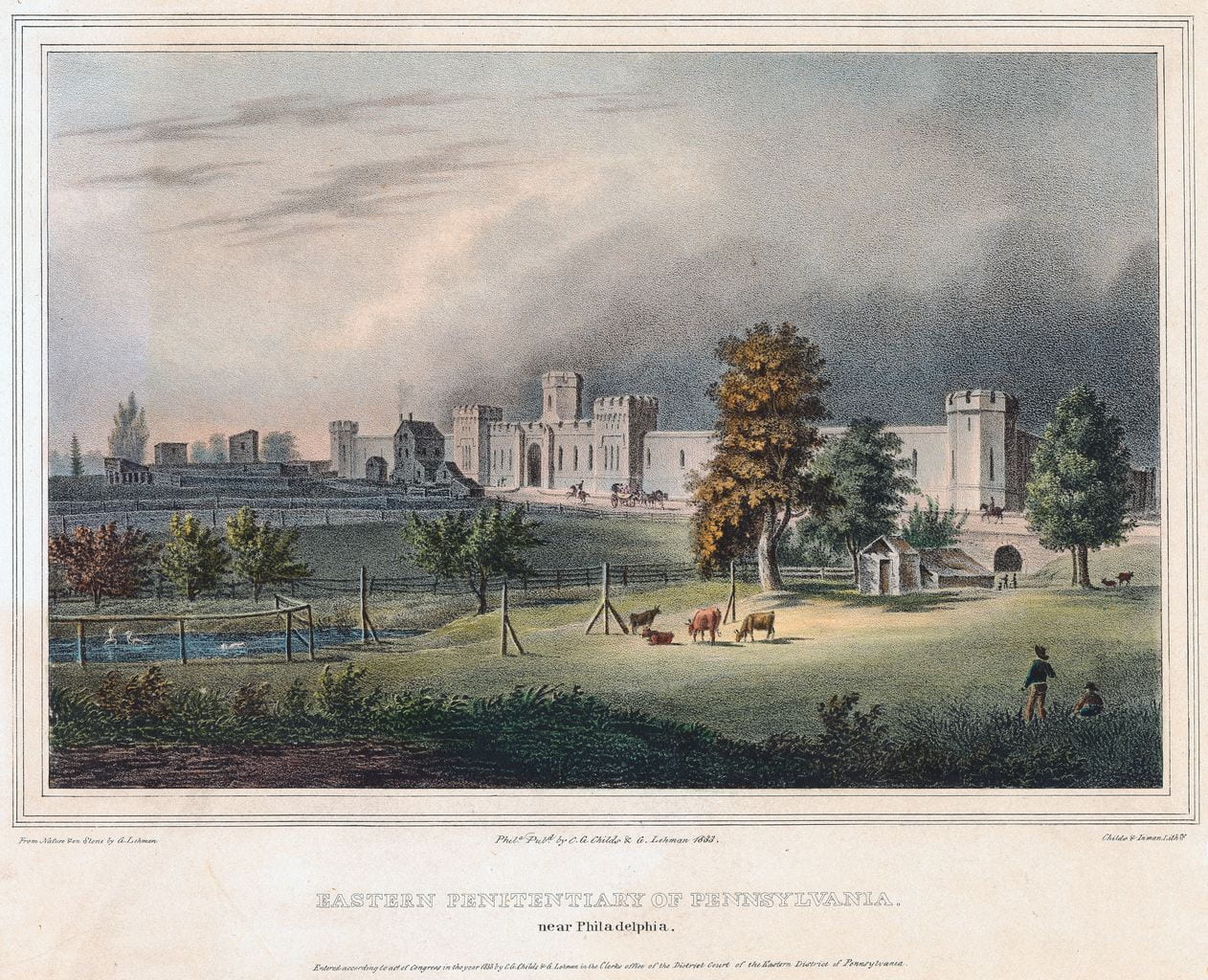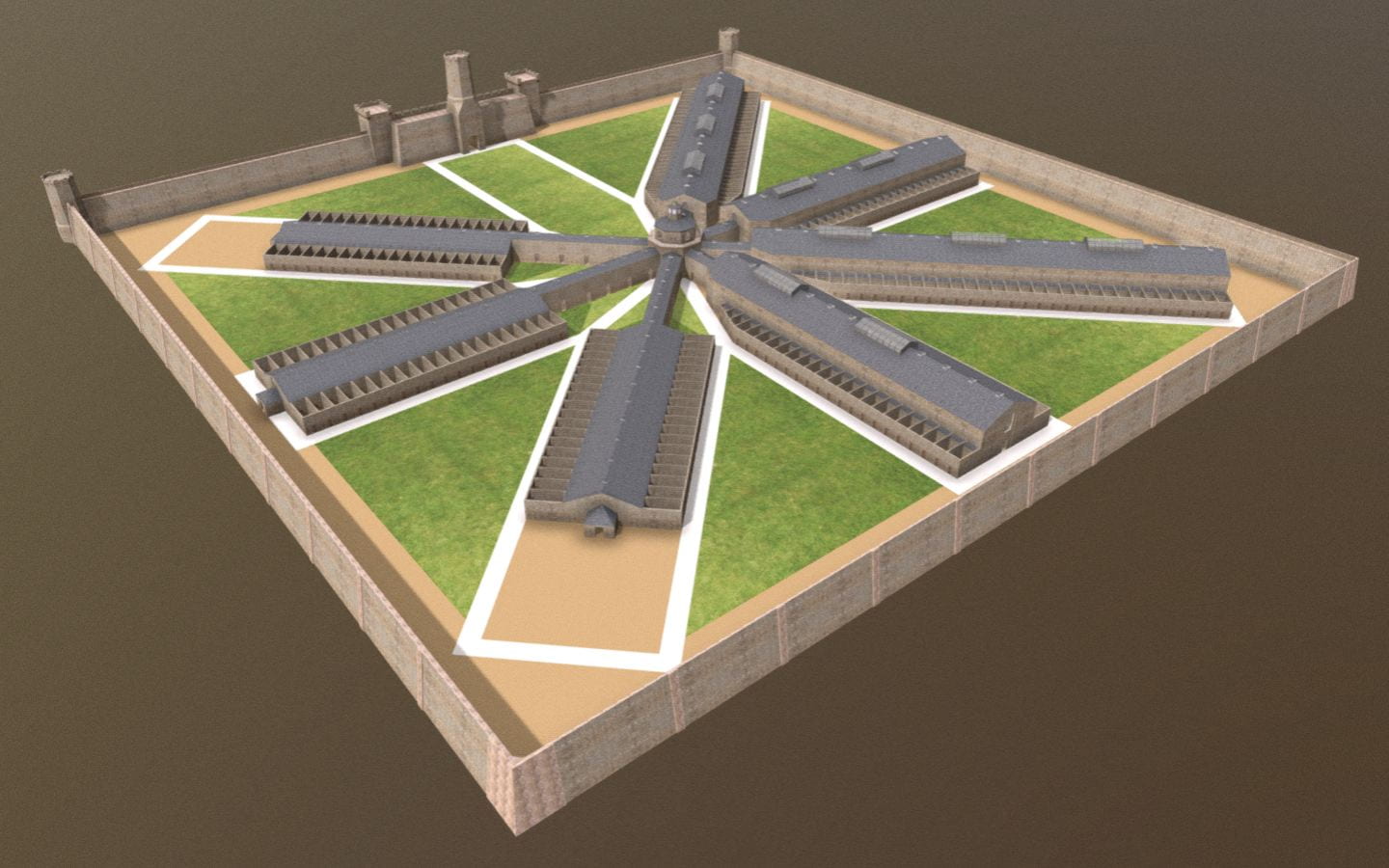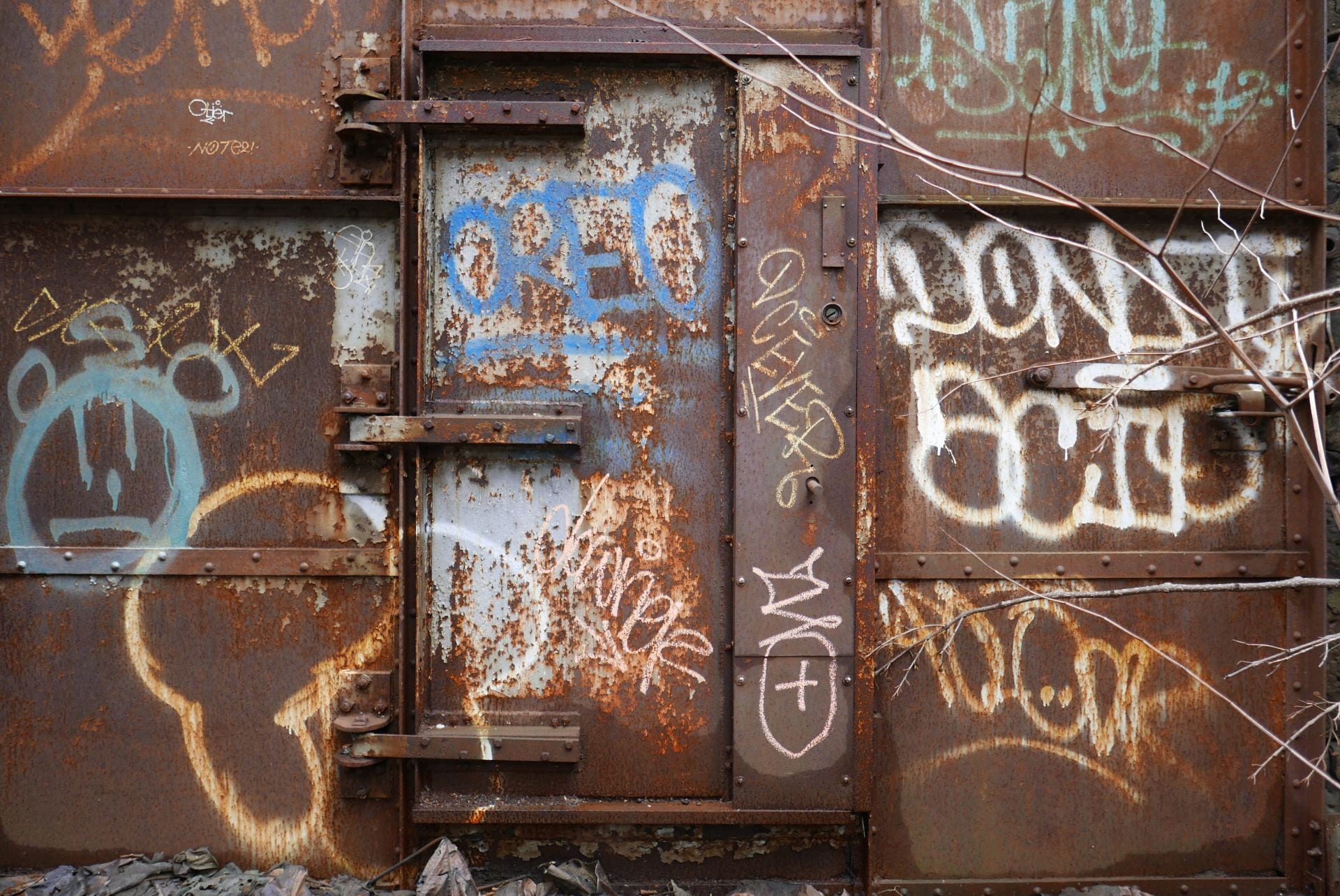“The founders of a new colony, whatever Utopia of human virtue and happiness, allot a portion of the virgin soil as a cemetery, and another portion as the site of a prison.”
Nathaniel Hawthorne, The Scarlet Letter, 1850
.
In 1823, Philadelphia city leaders began a unique project, to build what was allegedly the largest and most expensive building ever built in the young nation: Eastern State Penitentiary. It was to be a new kind of prison, a structure where hundreds were confined in complete and uninterrupted solitary confinement for years on end. As we reflect on Philadelphia as birthplace of American Democracy, “City of Brotherly Love,” city of the American Revolution, the architecture of Eastern State Penitentiary reminds us: Forced labor and confinement are as old as the American nation state.
This time-lapse animation with audio narration uses the tools of virtual reality to reconstruct the appearance of Eastern State Penitentiary during each year of its 148 years of operation from 1823 to 1971. This reconstruction is based on original plans and primary sources about the jail’s architecture. It uses film to reveal how the building’s envelope was expanded and modified each decade in response to evolving design philosophies, public attitudes towards incarceration, and the ever-expanding size of today’s carceral state.
.
.
Based on:
– Historic architectural plans (1837 report in French, pp. 124-38)
– Primary sources (1830 description)
– Reports on the historic preservation of this prison (1994 Historic Structures Report, Volume II)
Music by Philip Glass from the 1982 film Koyaanisqatsi, starting at minute 37:30
Link to text of audio narration
.
Computer Model
Shows prison as it appeared in the period 1836 to 1877 before later construction obstructed the original buildings.
.



















